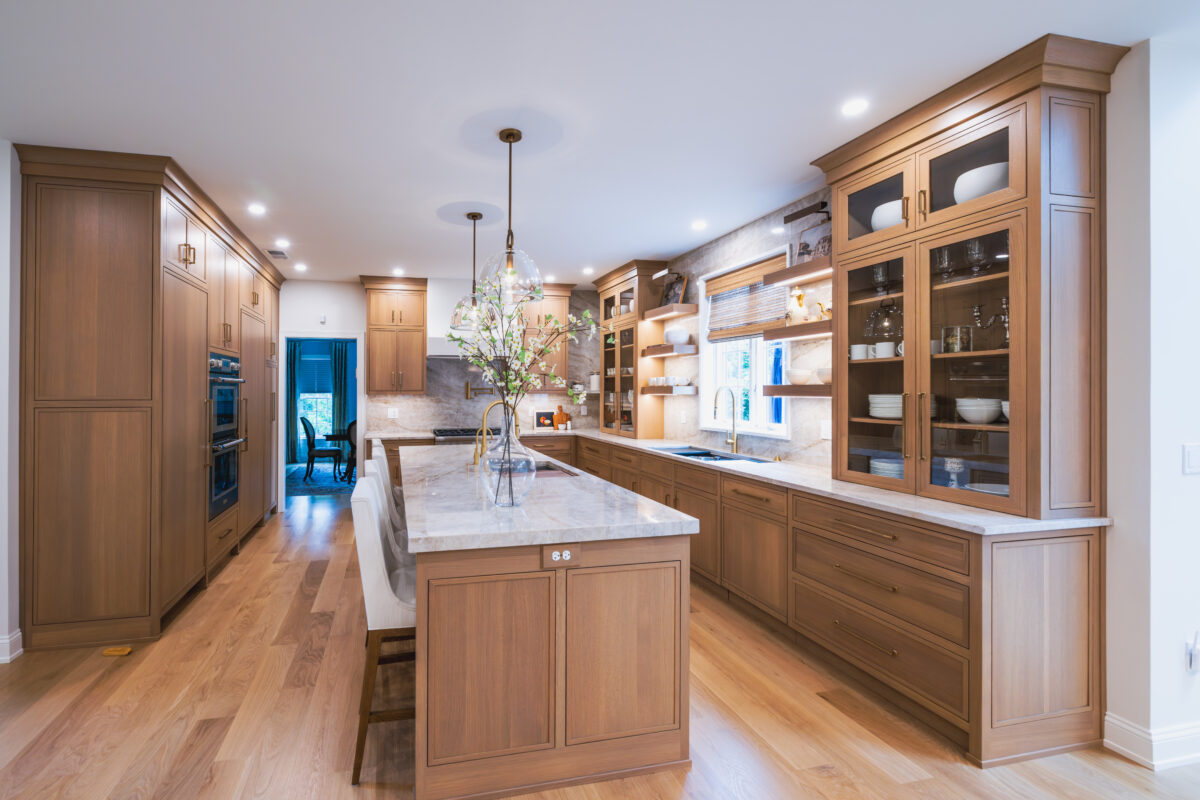A Guide to Kitchen Cabinet Prices

Choosing new kitchen cabinetry is one of the most impactful—and costly—decisions in a kitchen renovation. The wide range of kitchen cabinet prices often leaves homeowners puzzled, unsure of where to invest and what compromises they might be making. Understanding the distinctions between cabinet types, construction methods, finishes, and design flexibility is essential to making a smart, informed decision that aligns with both your budget and your vision.
From big-box basics to fully customized masterpieces, cabinetry options vary dramatically in price, quality, and performance. This guide offers clarity and insights to help you navigate the cabinetry market confidently.

What’s the Difference Between Stock, Semi-Custom, and Custom Cabinets?
Kitchen cabinets fall into three primary categories: stock, semi-custom, and custom. Each comes with its own set of advantages and limitations in terms of materials, craftsmanship, layout options, and price.

Stock cabinets are pre-manufactured in set dimensions and styles. Made for mass production, they often use lower-cost materials such as particleboard or MDF with laminate or thermofoil finishes. Design flexibility is minimal. You’re limited to what’s available on the shelf or in a catalog, which can be a challenge in kitchens with non-standard layouts. Storage solutions like pull-out spice racks or drawer dividers are either absent or add-ons—if they’re available at all.

Semi-custom cabinets bridge the gap between stock and custom. They start with a catalog of standard cabinet sizes but allow modifications to dimensions, materials, and finishes. You’ll have more control over design, door styles, and finish options. Construction typically features plywood boxes and dovetail joints, offering better durability. Interior upgrades like soft-close hinges, deep drawers, and built-in organizers are often available, making semi-custom a favorite for homeowners seeking both function and style.

Photo: Lisa Lake Photography
Custom cabinets are built to order. There are no preset dimensions, materials, or styles. Every component—cabinet box, door, drawer, and finish—is handcrafted to meet your exact specifications. This level of personalization unlocks endless design possibilities and ensures a tailored fit, which is especially important in older homes with unique architectural features. Custom cabinetry often incorporates heirloom-level craftsmanship with hand-applied finishes, hardwood frames, and smart storage integrations designed for how you live and cook.

Stock Kitchen Cabinet Prices
If affordability is your top concern, stock cabinets may seem like the obvious solution. Prices for stock kitchen cabinets typically range from $100 to $400 per linear foot, with an average 10×10 kitchen costing between $2,500 and $6,000.
Big-box retailers offer ready-to-assemble (RTA) options, which may lower the initial cost but increase labor time. Stock cabinets tend to have limited color and style choices, and corners may be cut when it comes to drawer glides, door hardware, or box construction. Laminated particleboard sides, stapled joints, and plastic corner braces are common.
Still, for rental properties, budget flips, or very tight timelines, stock cabinets can serve a purpose—as long as expectations are realistic. However, homeowners should factor in the potential cost of faster wear-and-tear, especially in high-traffic kitchens.

Semi-Custom Kitchen Cabinet Prices
Semi-custom cabinets offer a sweet spot for many homeowners—more flexibility and better materials without the investment required for full custom.
Expect to pay between $150 and $700 per linear foot, placing a 10×10 kitchen project in the ballpark of $5,000 to $17,500 depending on finishes, construction upgrades, and interior accessories.
This category is where design starts to feel intentional. You’ll find hardwood frames, dovetail joints, soft-close mechanisms, and finishes that elevate the space. Brands often allow size modifications in 1-inch increments and offer extensive color selections and door styles.
You can add clever organizational upgrades—tray dividers, roll-out shelves, spice pull-outs, and recycling centers—that make daily use more efficient. Semi-custom is a smart long-term investment for families who want a personalized look without venturing into bespoke pricing.
Custom Kitchen Cabinet Prices
Custom kitchen cabinets are the pinnacle of personalization, quality, and longevity. With artisan craftsmanship and bespoke detailing, this cabinetry tier suits homeowners who want unique solutions and aren’t afraid to invest in enduring beauty.
Prices vary widely—from $500 to $1,200+ per linear foot. A custom 10×10 kitchen may start around $15,000, but high-end materials, premium hardware, and complex layouts can push that total above $30,000.

What you’re paying for isn’t just the cabinet—it’s the knowledge and precision of the craftspeople building it. Each piece is made to fit your space precisely, with specialty finishes and hand-applied stains or paints. There’s no filler, no wasted space. Everything is designed with purpose.
Custom cabinetry is also where true luxury resides. Whether it’s bookmatched walnut grain, hidden appliance garages, integrated lighting, or innovative storage for specialty cookware, custom cabinetry transforms your kitchen into a personalized work of art.

Kitchen Cabinets at Laslo Custom Kitchens
For homeowners in Easton, PA and across the Lehigh Valley, Laslo Custom Kitchens is a trusted name in craftsmanship, integrity, and thoughtful design. With a reputation built on decades of experience and a deep respect for the homeowner’s budget, Laslo offers cabinetry solutions at every level—from budget-conscious options to exquisitely crafted custom installations.
Laslo’s in-house designers collaborate with you to create a layout that works for how you cook, gather, and live. Whether you’re reimagining a cozy galley kitchen or building a chef-inspired open-concept space, the Laslo team approaches each project with meticulous care and attention to detail.
We understand that kitchen cabinet prices aren’t one-size-fits-all. Instead, our experts guide you through material options, organizational upgrades, and layout planning that honors both your aesthetic preferences and financial comfort zone. Explore our portfolio of previous work or schedule a consultation to begin crafting a kitchen that feels as good as it looks.

Conclusion
Understanding kitchen cabinet prices starts with understanding the differences in construction, customization, and quality. Stock cabinets offer accessibility, semi-custom balances flexibility and value, and custom cabinets provide the ultimate quality and design freedom.
Further Reading
- “Financing Your Kitchen Remodel”
- “Our Best Kitchen and Bathroom Remodeling Ideas”
- “How Long Does it Take to Remodel a Kitchen?”
FAQ: Kitchen Cabinet Prices
1. How much do kitchen cabinets cost in 2025?
Kitchen cabinet prices in 2025 depend on the type you select. Stock cabinets range from $100 to $400 per linear foot. Semi-custom options fall between $150 and $700. Custom cabinets start at $500 and exceed $1,200. For a 10×10 kitchen, total costs typically range from $3,000 to over $30,000, depending on materials, design, and features.
2. What factors influence kitchen cabinet pricing?
Several variables impact kitchen cabinet prices, including the type—stock, semi-custom, or custom—as well as material quality, finish, door style, and internal accessories. Kitchen size and layout complexity also affect cost. Higher-end features like dovetail joints or custom storage add to the final price, as does professional installation. Altogether, these factors create a wide price range for cabinetry projects.
3. Are semi-custom cabinets worth the investment?
Semi-custom cabinets strike a balance between affordability and design flexibility. They offer more finish choices, better construction, and size adjustments without the full cost of custom work. This makes them ideal for homeowners who want personalized cabinetry features and increased durability without the premium price tag. For many, semi-custom delivers excellent value and long-term satisfaction in kitchen design.
4. How can I estimate the cost of kitchen cabinets for my space?
Start by measuring the linear feet of cabinetry your kitchen needs. Multiply that number by the per-foot price of your chosen cabinet type—stock, semi-custom, or custom. Add estimates for installation, hardware, and interior upgrades. This gives a baseline for budgeting. Working with a kitchen designer can further refine your project’s scope and provide a more accurate quote.
5. Can I save money by mixing cabinet types or materials?
Yes, blending cabinet types or materials can significantly reduce costs. Use custom or semi-custom cabinets for focal areas, and stock options where less visibility matters. Consider cost-effective materials for cabinet boxes and reserve premium finishes for doors or drawer fronts. This strategic mix helps maintain design integrity while controlling budget, making it a practical approach to kitchen planning.
